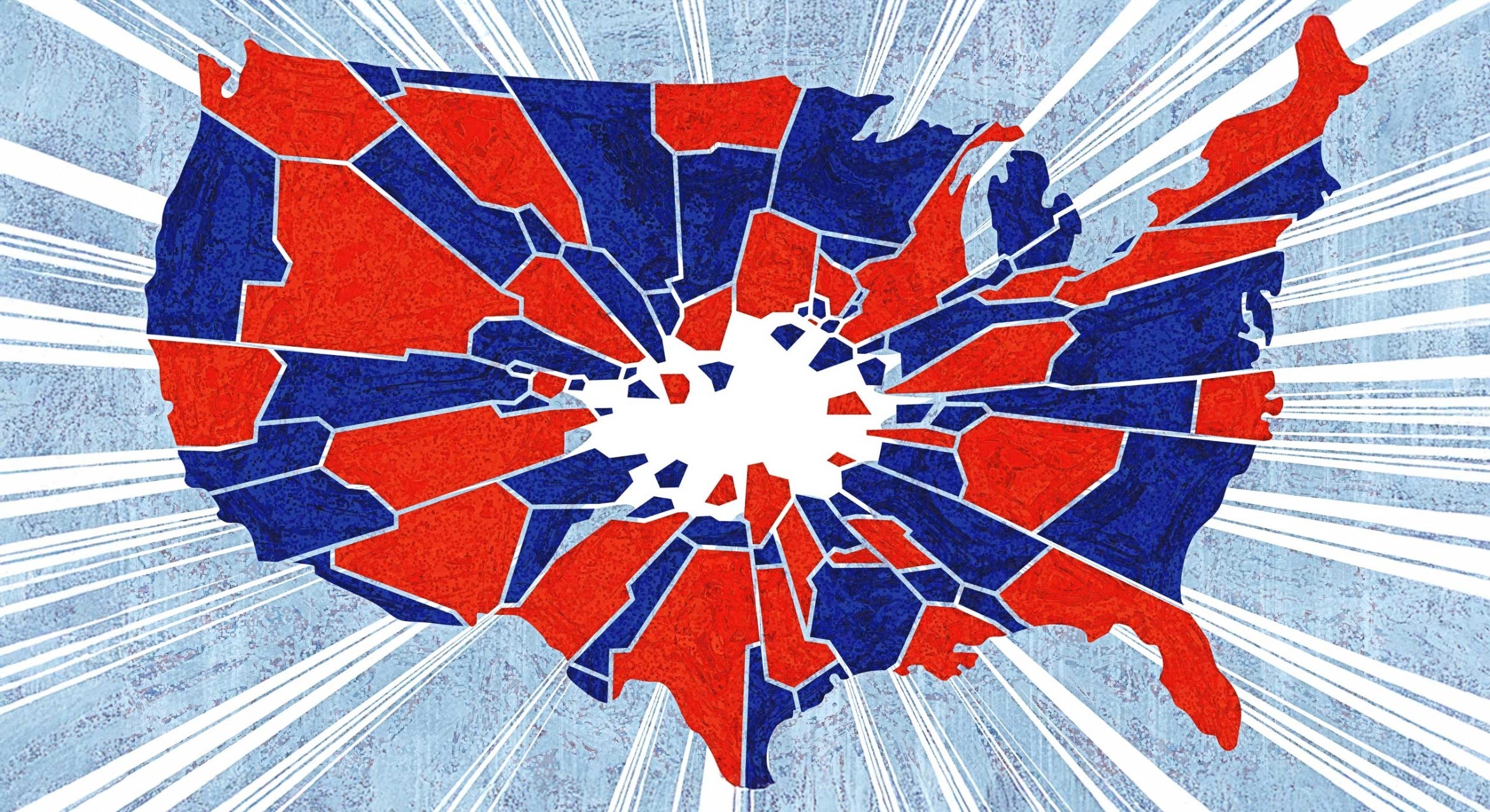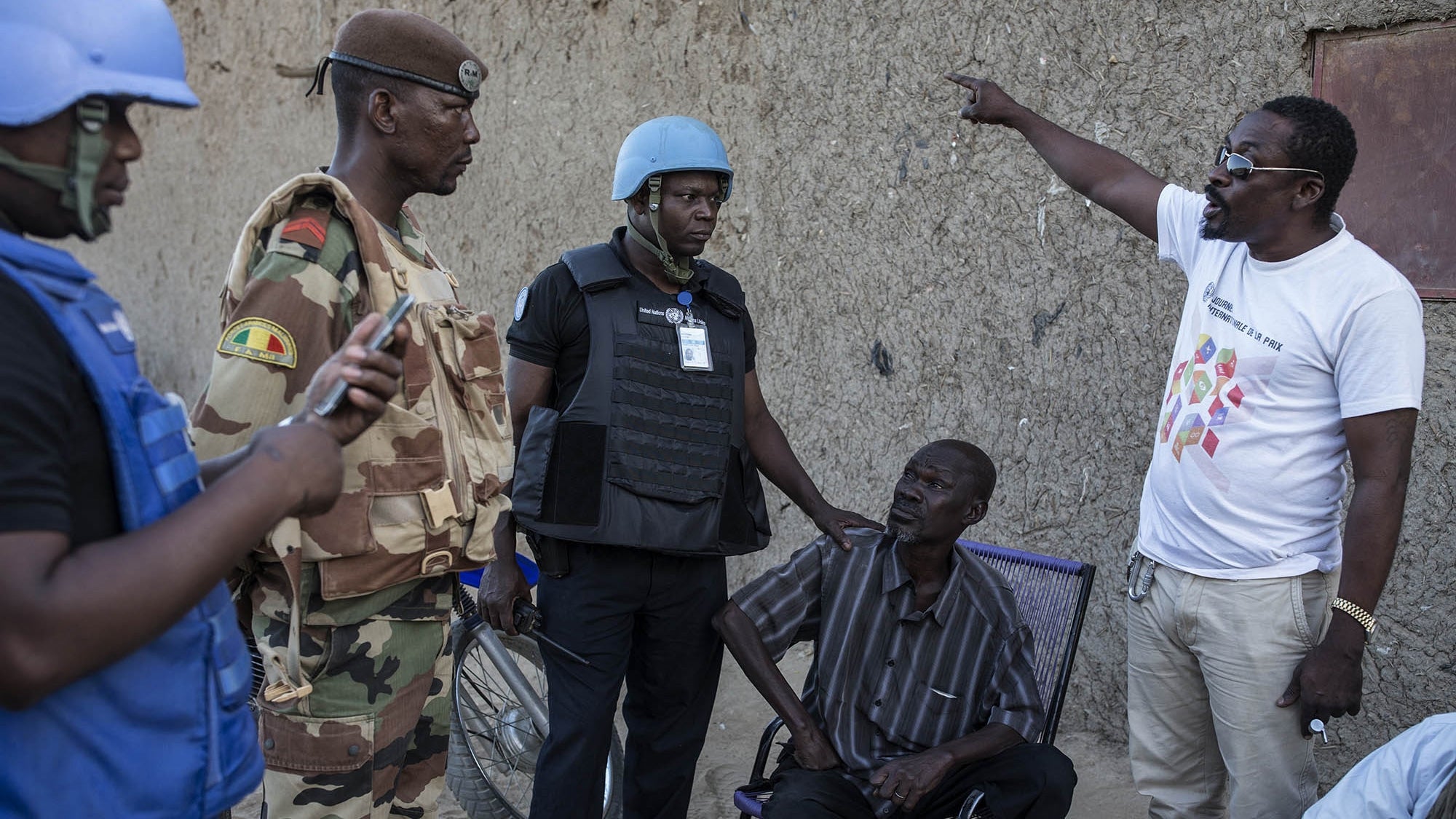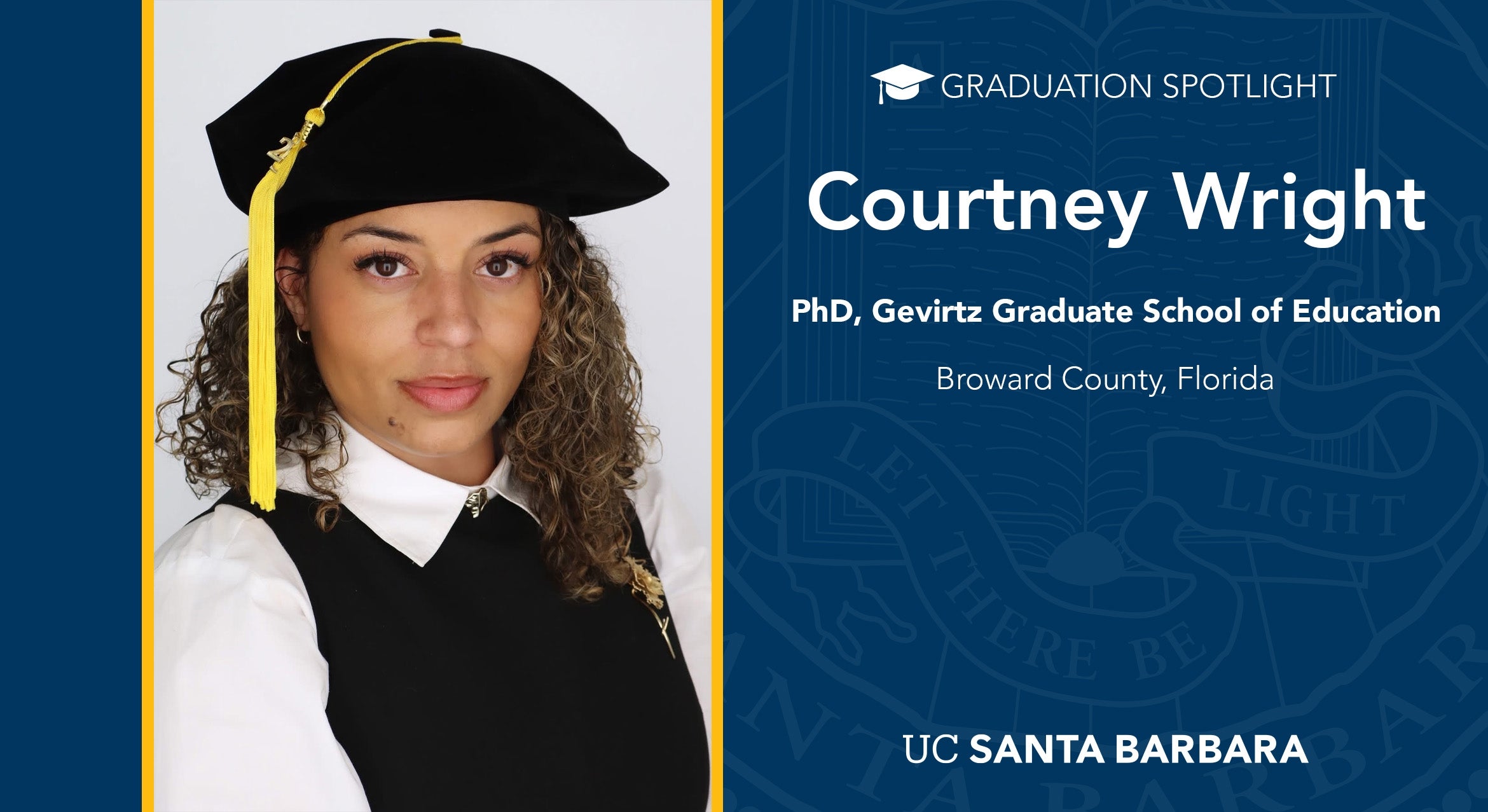
To Sleep, Perchance to Dream

Dreams have fascinated, frightened and inspired humans since before the dawn of recorded history. In the Bible, Jacob dreamed of a ladder. Abraham Lincoln was said to have dreamed of his own assassination. Paul McCartney described dreaming the melody of “Yesterday” before picking it out on the piano.
In her new book, “Dreams and the Invisible World in Colonial New England: Indians, Colonists, and the Seventeenth Century” (University of Pennsylvania Press, 2014), UC Santa Barbara’s Ann Marie Plane delves into the dreams of English settlers and Algonquian-speaking Native Americans of the region as recorded in journals and other contemporary accounts.
“Dreams are puzzling and tricky, and the Puritans knew they were puzzling and tricky,” said Plane, a professor of history and a trained psychoanalyst. “Historians have found them puzzling and tricky too, so much so that they haven’t worked with them much.”
Although Sigmund Freud wrote his classic psychoanalytical work “The Interpretation of Dreams” in the late 19th century, historians have studied nocturnal visions surprisingly rarely even though these mental meanderings often open a window into the minds of people of another time.
Among the dreams Plane describes is an account recorded in the diary of Samuel Sewall, a Puritan who was a magistrate in the Massachusetts Bay Colony:
“Last night I dreamed that a little boy had got away with my watch,” Sewall wrote at the age of 76. “I found him on the Common, and by giving him another Watch, persuaded him to give me that round which was engraven Auris, mens, oculus, manus, os, pes; munere fungi Dum pergunt, praestat discere velle mori.” (Translation: “While ear, mind, eye, hand, bone, foot continue to perform their functions; It is more important to continue to learn than to fade, to die.”)
“In that dream, I really see a man aware his life is coming to an end — his mind, his hands, bones, his feet,” Plane said. In Sewall’s dream, a mischievous boy tried to steal time away, she added, yet Sewall clung to what remained, determined in a very Puritan way to continue to learn and to work.
The dreams of Native Americans, Plane said, were less well-documented than those of the colonists. The English courts were little concerned with recording the events in Native Americans’ lives, except, perhaps, for their role in selling land to colonists.
However, a missionary named John Sergeant recorded the dream of a Native American named Maumauntissekun after Maumauntissekun told of a time when, in a dream, he was sent for rum and drank freely. In his sleep, he “heard a noise like the pumping of water, and saw a great number of Indians lying drunk and naked, and cold nasty water pumping on them, while they were not able to get out of the way, and were in great distress,” the account said.
“This vision (as he call’d it) or dream perhaps, continued for some time, with a strong light shining about him,” Sergeant wrote. “Then he heard a noise like the blowing of a pair of bellows, which was follow’d with a violent blast of wind, which dispersed the Indians into the air. From that time he entertain’d serious thots of religion: and it made such an Impression on him, that he broke off from drinking, and had been drunk but one time since.”
The Puritans tended to keep their dreams private, writing about them in secret, Plane said, imagining them to be “a message from God — or possibly Satan, attempting to trick them.”
The Native Americans, on the other hand, saw dreams differently and accorded them great significance. “Native Americans would get up in the middle of the night to tell their dream to someone,” said Plane. “Maumauntissekun, for example, sought out a preacher to see if together they could make sense of what seemed to be a prophetic vision.”
Plane’s interest in Native American history began in her youth in upstate New York, where she became fascinated with the Iroquois people. After graduating from college, she worked as an interpreter in the Native American section at Plimoth Plantation in Plymouth, Massachusetts. She later became a costumed Pilgrim role-player at the museum, and the contrast between the levels of historical documentation of the lives of the Indians and the Colonists made an impression that has shaped her research.
“I for sure did not want to write a book about dreams that somehow forgot New England was a place that had two vibrant populations, each with its own understandings and beliefs about dreams,” Plane said.



